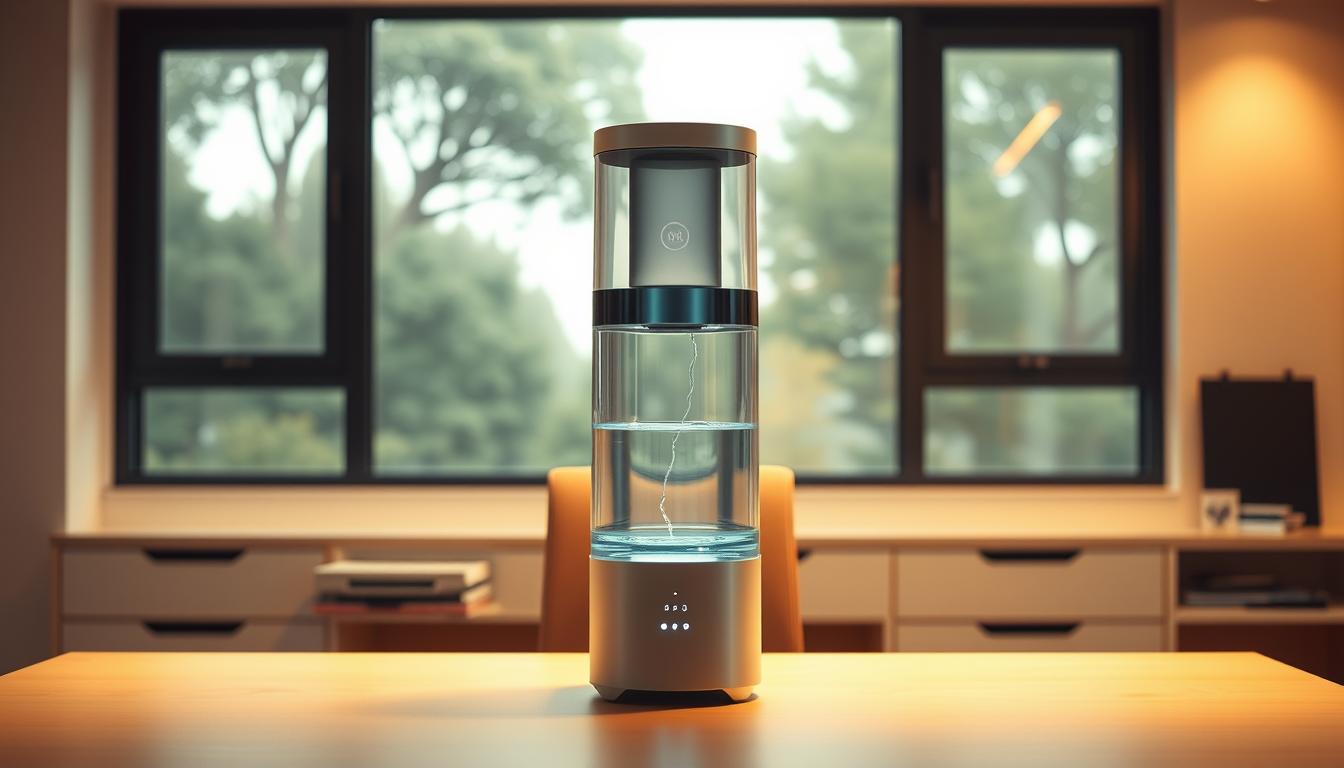Do you want to learn about dry ice?
If yes, then keep reading!
Dry ice is a solid form of carbon dioxide CO2 that has been used since the early 1900’s.
It is commonly used in science labs because it sublimates at -78°C -109°F.
This means that it turns directly into gas without melting first.
Dry ice is dangerous if you don’t know how to handle it properly.
In this blog post, I’m going to tell you about the dangers of dry ice and how you can prevent yourself from being harmed.
1. It’s So Cold It Can Burn Your Skin and Cause Frostbite
Dry ice is frozen carbon dioxide gas. It is extremely cold and can burn skin if touched directly. It can also freeze objects and damage them. It is used to cool drinks quickly because it is very effective at cooling liquids down rapidly. It can be dangerous if not handled properly. It can explode if it comes into contact with fire or other flammables. It can also be dangerous if inhaled. 2. It Can Be Used To Make Explosions 3. It Can Damage Electrical Equipment Dry ice is frozen carbon dioxide CO2 gas. It is extremely low in density and can be easily stored and transported. It is usually found in solid form but can be liquefied using a dry ice maker. It is used to chill beverages such as beer and soft drinks. It is also used to cool food and drink items such as ice cream and cake. It is used in many industries such as manufacturing, chemical processing, and pharmaceuticals. Dry ice is also used in science experiments to produce cold temperatures. It is used to create snowballs and ice sculptures. It is also used in fireworks displays to create smoke effects. It is used in the production of certain drugs to preserve the potency of the drug. It is also used as a refrigerant in air conditioning systems. It is sometimes used as a propellant for aerosol cans. It is also used for cryogenics. Cryogenic freezing uses dry ice to lower the temperature of an object to below -100 degrees Celsius -148 degrees Fahrenheit. This process is used to store biological samples and organs for transplantation. It is also used when making antifreeze. Dry ice is also known as "solid CO2" or "frozen carbon dioxide". It is commonly referred to as "dry ice" or "ice block."
2. If Accidentally Consumed It Can Cause All Sorts of Problems
1. Dry Ice Burns Skin It is very cold and can burn skin. It can also freeze items and damage them. It can explode if exposed to fire or other flammable materials. It can also be harmful if inhaled. Dry ice burns skin because it freezes the moisture in the air around it. This causes the air to become dry and hot, which creates friction between the skin and the air. Dry ice is used in many industries such as manufacturing, construction, and transportation. It is also used in refrigeration and cooling systems.
3. The Gas It Lets Off Can Be Dangerous If Not Vented
2. A gas leak can cause serious injury or death. Make sure you know how to turn off the gas supply and what to do if you smell gas. 4. Carbon Monoxide Poisoning A gas leak can cause serious injuries or even death. It is important to understand how to turn off the natural gas supply and what to expect if you smell gas. Gas leaks can occur from faulty appliances, pipes, valves, regulators, meters, and other equipment. Carbon monoxide poisoning occurs when carbon monoxide CO enters the body and displaces oxygen. CO is colorless, odorless, tasteless, and non-irritating. People who breathe air containing elevated levels of CO can become ill or die. Symptoms of CO exposure include headache, dizziness, fatigue, nausea, vomiting, chest pain, confusion, loss of consciousness, seizures, and coma.
4. It Can Cause Containers To Explode
1. Gas Leaks Gas leaks are dangerous because they can lead to explosions and fires. If you smell gas, immediately shut off the main gas line and call 911. Do not attempt to turn off the gas yourself. If you smell gas and cannot locate the source, contact your local utility company right away. 2. Gas Leaks If you smell gas, immediately turn off the main gas line. Do not attempt to shut off the gas yourself. Call your local utility company right now.
[su_youtube_advanced url = "https://www.youtube.com/watch?v=haXZZvmDJsE" controls = "no" rel = "no" fs = "no" modestbranding = "yes"]
Does dry ice damage plastic?
Dry ice is a solid form of carbon dioxide CO2. It is used in many industries to freeze items quickly. It is extremely cold, but not dangerous. However, if you breathe in the gas, you could get sick. Dry ice is usually stored in plastic bags or metal containers. It can be found in grocery stores, hardware stores, and even online.
Will dry ice damage metal?
Dry ice is a solid form of carbon dioxide CO2 that is used as a refrigerant in many applications. It is frequently used in medicine and industry because it is extremely cold and highly flammable. Dry ice is also used as a coolant in cryogenic systems, such as liquid nitrogen tanks. Dry ice is very dangerous to handle because it produces extreme cold and burns easily. It can freeze skin and damage eyesight if touched directly. In addition, dry ice releases carbon monoxide gas when burned, which can lead to death if inhaled.
Can dry ice damage surfaces?
Dry ice is a solid form of carbon dioxide CO2 that is used as a refrigerant and coolant. It is usually stored under pressure in cylinders and is available in various sizes. Dry ice is extremely cold and can freeze objects instantly if exposed to it. Dry ice is very dangerous because it can explode if it comes into contact with other substances. Dry ice is highly flammable and can burn skin and eyes. It is not recommended to handle dry ice unless gloves are worn. Dry ice can damage items such as furniture, clothing, walls, windows, and even people.
How much dry ice can hurt you?
Dry ice is a solid form of carbon dioxide gas that is used in many industrial processes. It is extremely cold and can freeze objects instantly. Dry ice is usually stored in blocks and is available in various sizes. It is not recommended to store dry ice near any flammables because it could explode if exposed to fire.
What can dry ice damage?
Dry ice is a solid form of carbon dioxide CO2 that is used in many industries to freeze liquids. It is used to cool down items such as food products, medicines, and other materials. Dry ice is generally safe to handle and store but it does pose certain risks if not handled properly. For instance, it can cause frostbite if exposed to air for long periods of time. It can also cause burns if it comes into contact with skin. In addition, it can cause severe injury if inhaled.
Why is dry ice dangerous touch?
Dry ice is used in many industries such as food processing, pharmaceuticals, chemical manufacturing, and even in scientific research. It is also used in the medical field to freeze tissue samples for biopsy. Dry ice is a solid form of carbon dioxide CO2 and is extremely cold. It is usually stored in blocks and is available in different sizes. Dry ice is very safe to handle because it does not melt until it reaches -78°F -63°C. However, if exposed to extreme temperatures, dry ice can release toxic gases. This includes CO2 gas, which is highly flammable. Dry ice is also known to react violently with metals, especially aluminum. Therefore, it is important to avoid using dry ice near any metal surfaces.
What damage can dry ice do?
Dry ice is used in many industries and applications because of its ability to freeze liquids quickly. It is used to cool drinks and other beverages, and it is used to chill products such as meat and fish. Dry ice is also used to cool electronics, and it is used in scientific research to freeze samples. Dry ice is not harmful to plastics, but it does melt them. This is why it is important to know how to store dry ice safely.











